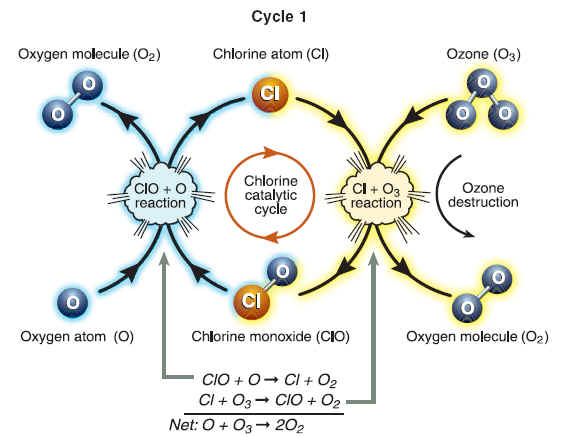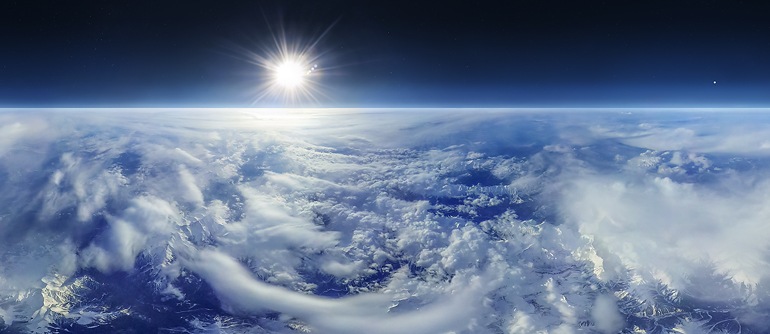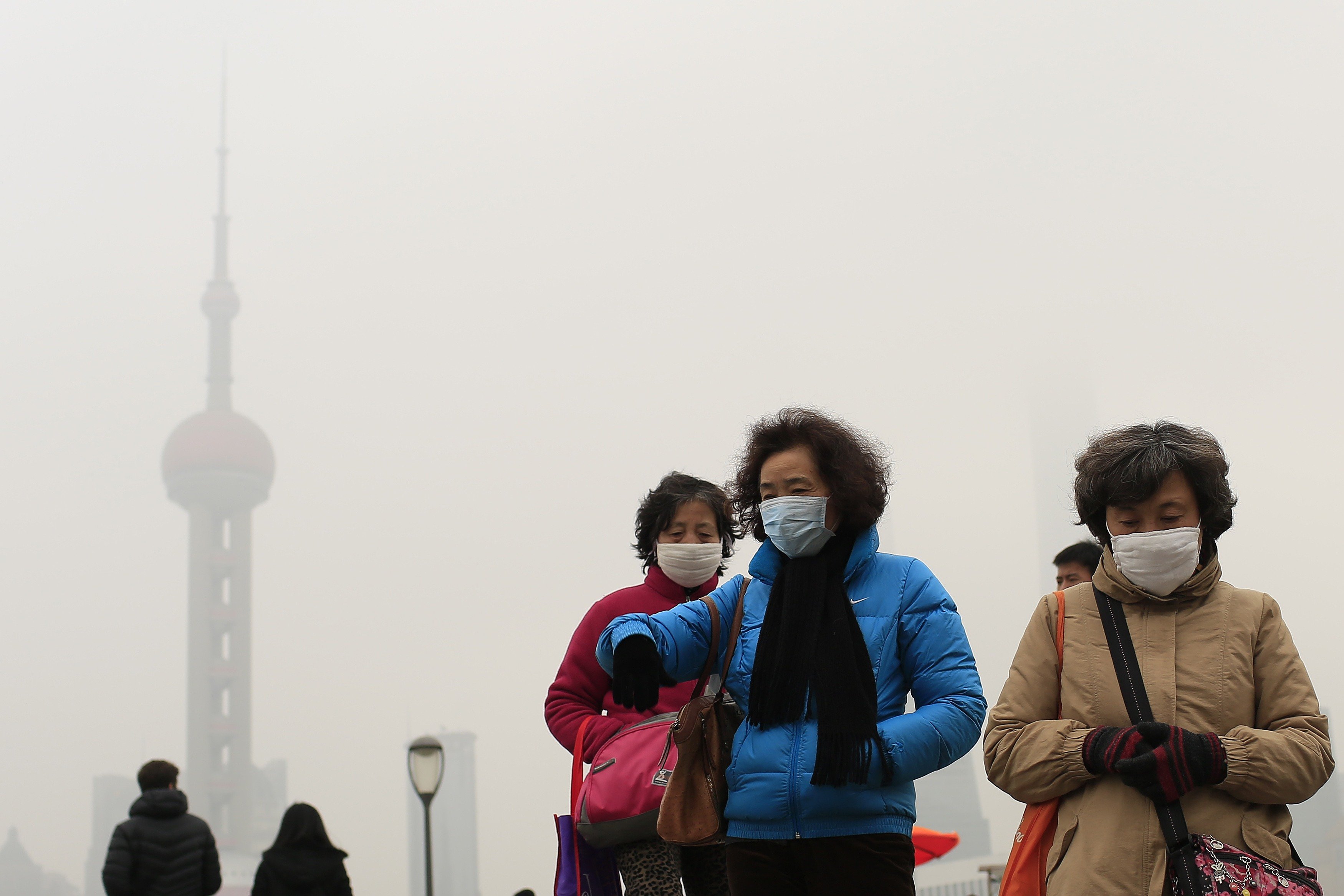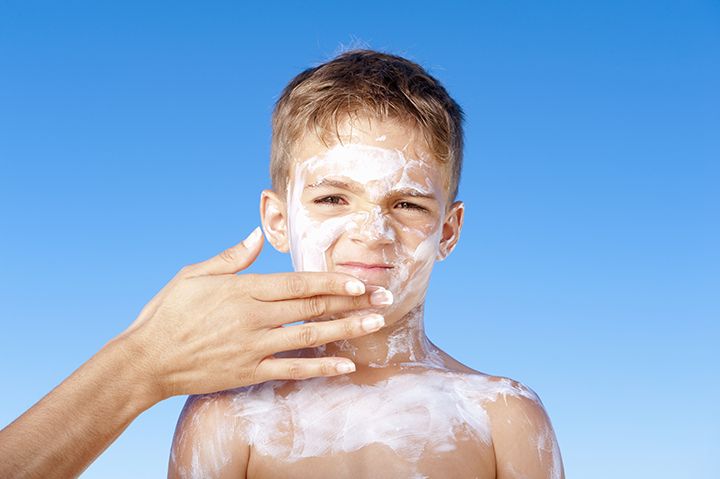1. In allergy sufferers, histamine causes runny noses, red eyes, and other symptoms. Here is its structural formula.

a. Give the chemical formula for this compound.
C5H9N3
b. Circle the amine functional groups in histamine.

c. Which part (or parts) of the molecule make the compound water-soluble?
The amine functional group.
2. Antihistamines are widely used for drugs for treating symptoms of allergies caused by reactions to histamine compounds. This class of drug competes with histamine, occupying receptor sites on cells normally occupied by histamine. Here is the structure for a particular antihistamine.
a. Give the chemical formula for this compound.
C16H21N3
b. What similarities do you see between this structure and that of histamine (shown in the previous question 1) that would allow the antihistamine to compete with histamine?
They both have N-C-N sequence. They have similar configuration to bind to receptor sites, hence they can compete with each other.
3. Consider this statement. “Drugs can be broadly classed into two groups: those that produce a physiological response in the body and those that inhibit the growth of substances that causes infections.” Into which class does each of there drugs fall?
Produce physiological response: Aspirin, Morphine, Estrogen, Amphetamine
Inhibit growth of substances that causes infections: (Keflex) Antibiotic, Penicillin
4. Herbal or alternative medicines are not regulated in the same way as prescription or OTC medicines. In particular, the issues of concern are the identification and quantification of the active ingredient, quality control in manufacture, and side effects when the herbal remedy is used in conjunction with another alternative or prescription medicine.

a. What do you think is the evidence from herbal supplement manufacturers that address these issues?
Provide accurate and specific details about the ingredients included, and undergo tests to ensure they are safe for consumption.
b. Do you know anything about Singapore’s legislation on the topic?
In Singapore, the responsibility of ensuring the safety and quality of herbal medicines lies on the importer or seller. There are guidelines stipulated by the Health Sciences Authority (HSA).

 2O2
2O2










